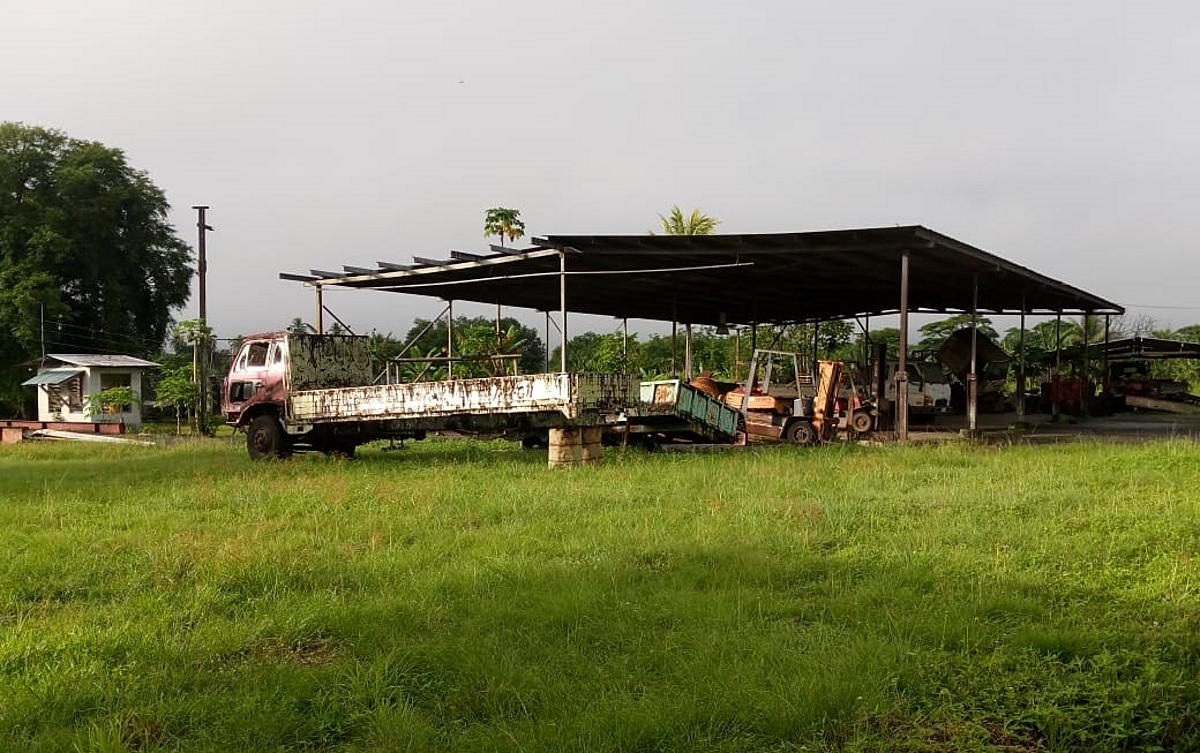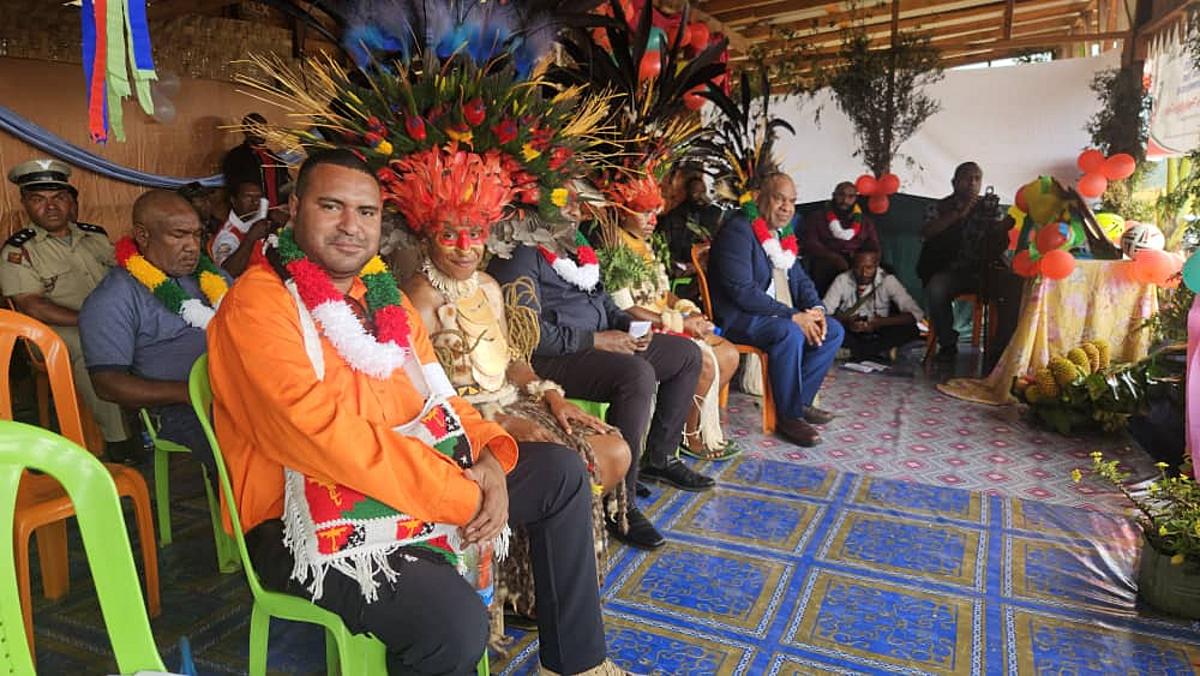Researchers from Australia and the US have come to the conclusion that treating mine tailing with lime aided in stabilising arsenic in soil and sediments around the mine - which results in preventing toxic chemicals from remaining dissolved in water and impacting people and the environment.
This comes after researchers have conducted a study at the Porgera mine in Papua New Guinea - where they examined how climate and pH patterns work, specifically drying and wetting cycles, which impacts arsenic capture and storage. The tests have shown that the treated mine wastes rapidly released arsenic during rewetting, but the volume of arsenic released from the wastes decreased over time following repeated drying and wetting cycles.
The journal Applied Geochemistry published the results of this scientific work, adding that the Porgera Joint Venture should continue with treating tailings with lime to limit arsenic mobility in the watershed.
The lime at Porgera comes from a lime plant situated 7 kilometres away from the mine site. However, water comes from a reservoir at the Waile Creek which contains 7 million cubic metres of water.
Waile Creek
The findings are relevant as Porgera was permitted to open again after the Marape administration and the Barrick Gold came to an agreement, following months of legal feuds and negotiations.
Since April, Porgera operations had been suspended after its lease had expired and was not renewed.










